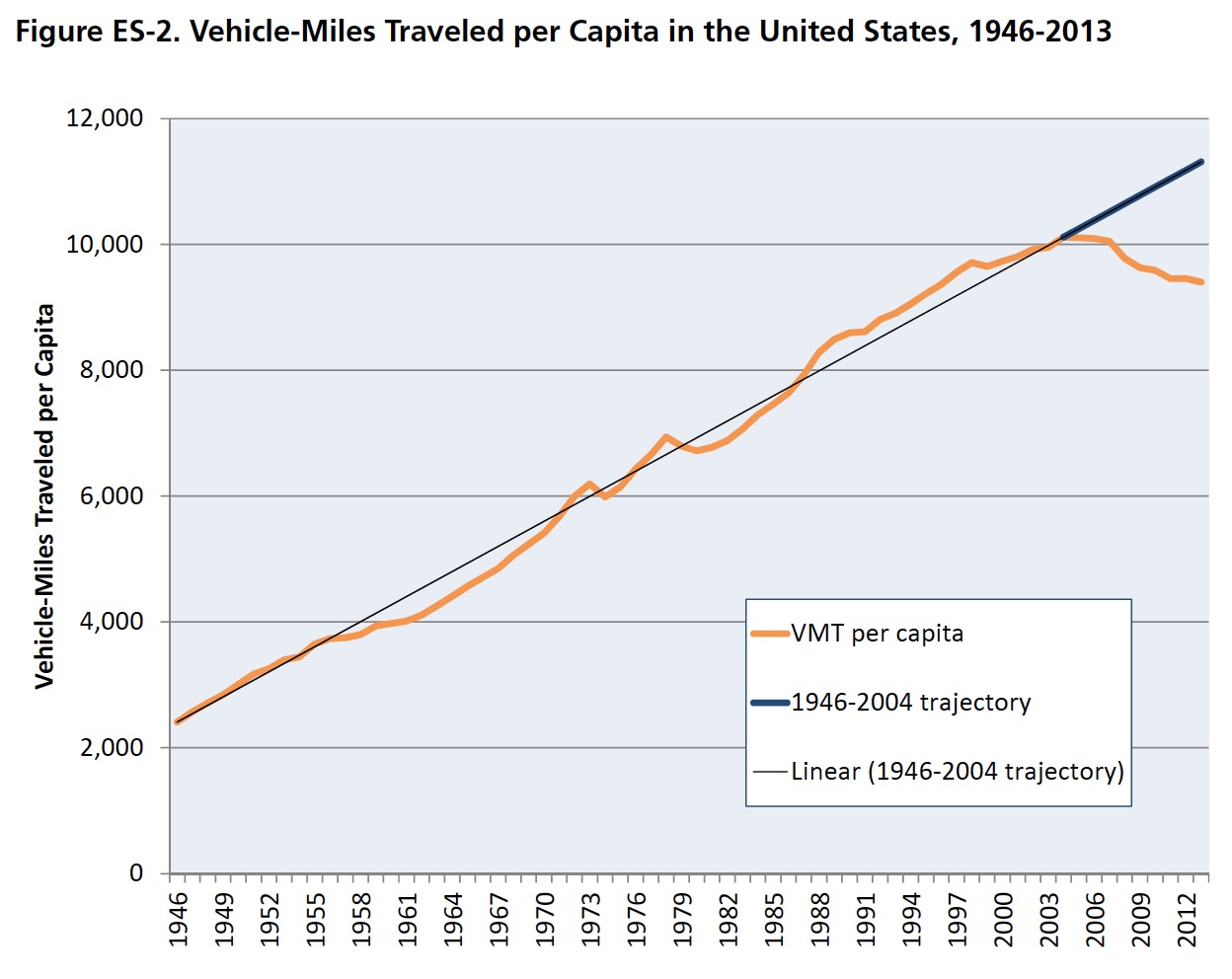U.S. PIRG EDUCATION FUND
Americans drive no more in total now than we did in 2005, and no more on average than we did at the end of Bill Clinton’s first term as president. The recent stagnation in driving comes on the heels of a six decade-long Driving Boom that saw steady, rapid increases in driving and congestion across the United States, along with the investment of more than $1 trillion of public money in highways.
But even though the Driving Boom is now over, state and federal governments continue to pour vast sums of money into the construction of new highways and expansion of old ones—at the expense of urgent needs such as road and bridge repairs, improvements in public transportation and other transportation priorities.
Eleven proposed highway projects across the country—slated to cost at least $13 billion—exemplify the need for a fresh approach to transportation spending. These projects, some of them originally proposed decades ago, either address problems that do not exist, or have serious negative impacts on surrounding communities that undercut their value. They are but a sampling of many questionable highway projects across the country that could cost taxpayers tens of billions more dollars to build, and many more billions over the course of upcoming decades to maintain.
With the federal Highway Trust Fund on life support, states struggling to meet basic infrastructure maintenance needs, and growing demands for investment in public transportation and other non-driving forms of transportation, America does not have the luxury of wasting tens of billions of dollars on new highways of questionable value. State and federal decision- makers should reevaluate the need for the projects profiled in this report and others that no longer make sense in an era of changing transportation priorities.
America’s driving habits are changing, and those changes are likely to last.
The total number of miles Americans drive is lower than it was in 2005, while per-capita driving has fallen by 7 percent in the last nine years. (See Figures ES-1 and ES-2.) If old Driving Boom trends had continued, Americans would currently drive an average of about 11,300 miles annually instead of the current average which has fallen to just below 9,400. In fact, as Figure ES-1 shows, Americans are driving a total of about three hundred billion fewer annual miles today than if Driving Boom trends had continued. While the economic recession contributed to the fall in driving, the shift predates the recession by several years and many of the forces contributing to the fall in driving are likely to be lasting.
- The number of cars and licensed drivers per household both peaked during the 2000s and have subsequently declined. The workforce participation rate, which also increased during the Driving Boom years, has been falling and is expected to fall farther as the Baby Boomers age.
- Gasoline prices have been high for much of the last decade and government forecasters anticipate that they are unlikely to fall significantly in the foreseeable future.
- The long-term trend toward suburbanization has stopped. In the early 2010s, central cities grew faster than their suburbs for the first time in 90 years.
- The use of non-driving modes of transportation—transit, bicycling and walking—is on the rise. In addition, recent years have seen the emergence of new forms of mobility such as carsharing, bikesharing and ridesharing whose influence is just beginning to be felt.
Download full version (PDF): Highway Boondoggles
About U.S. PIRG Education Fund
uspirgedfund.org
With public debate around important issues often dominated by special interests pursuing their own narrow agendas, U.S. PIRG Education Fund offers an independent voice that works on behalf of the public interest. U.S. PIRG Education Fund, a 501(c)(3) organization, works to protect consumers and promote good government. We investigate problems, craft solutions, educate the public, and offer Americans meaningful opportunities for civic participation. For more information, please visit our website at uspirgedfund.org.







 RSS Feed
RSS Feed